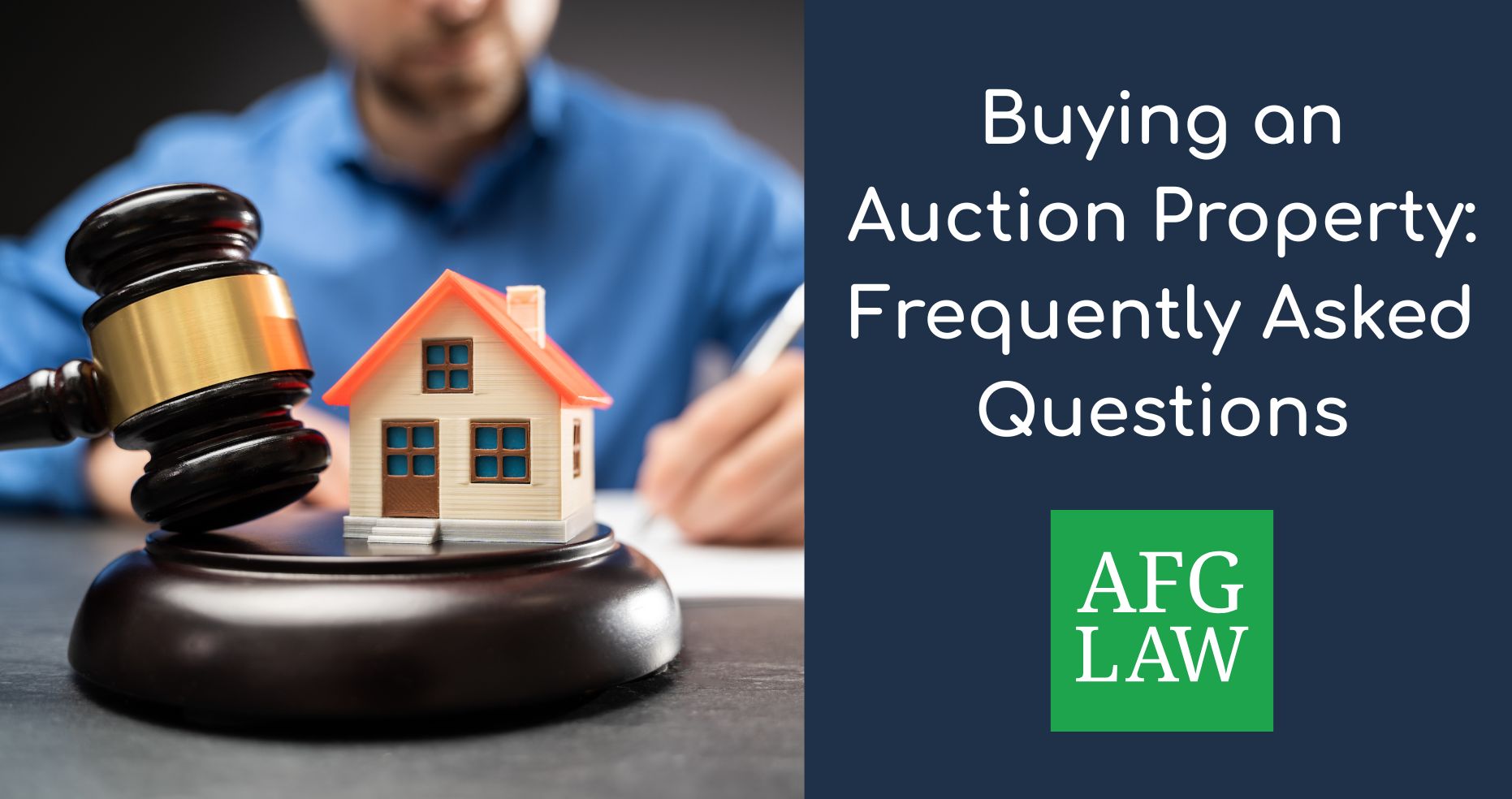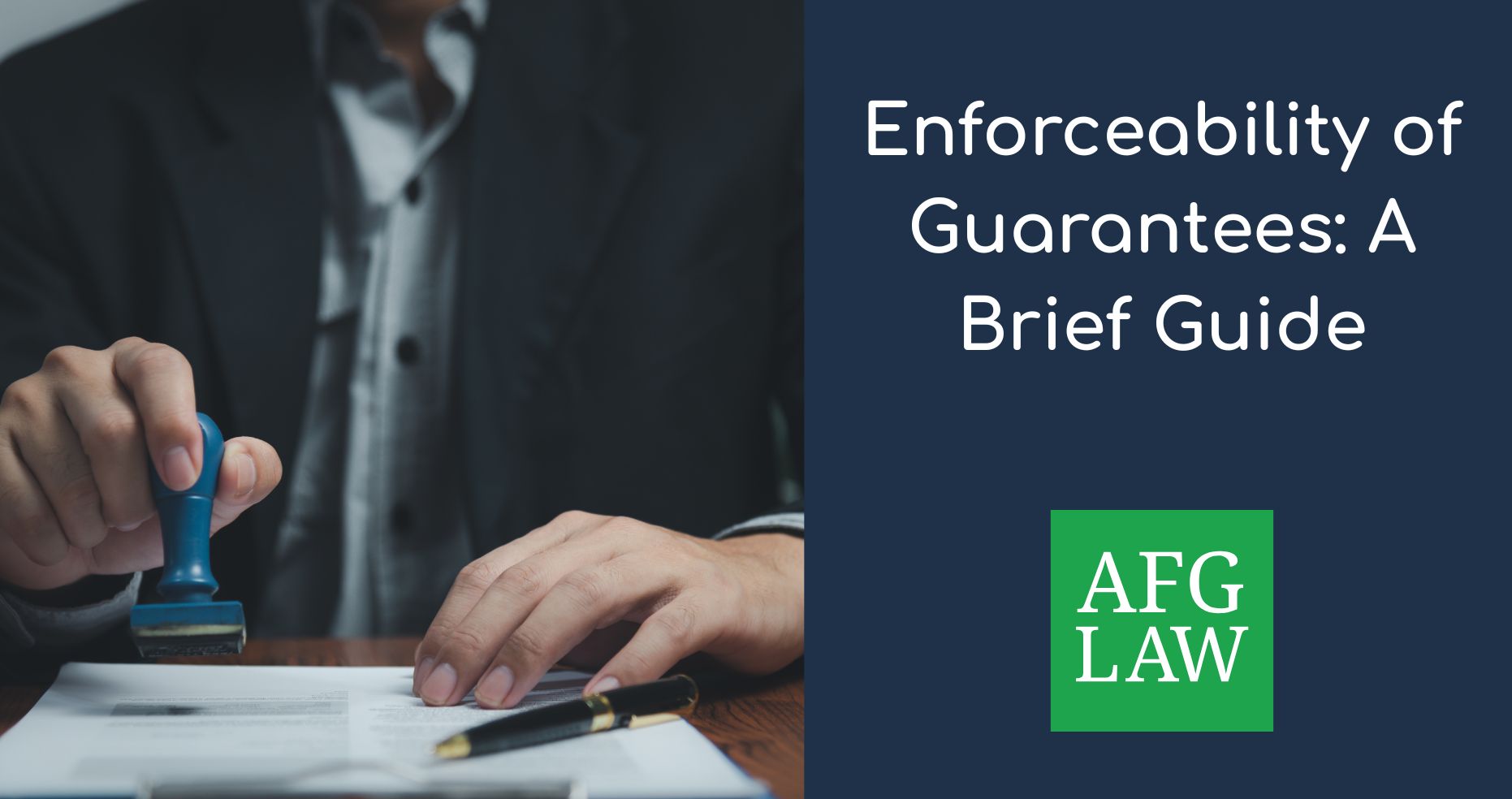A Deed of Variation can be used to alter the terms of a legal title to property. While this legal mechanism can apply to any kind of title document, it is most commonly used in relation to leases.
If you are a leaseholder and you have agreed changes with your freeholder, such as a new ground rent amount, altered repair obligations, or revised rights of access, a Deed of Variation is likely the formal legal route required to make those changes binding.
If you require assistance with a Deed of Variation on a leasehold property, AFG Law have a team of solicitors who can assist. Contact us today.
What Is a Leasehold Deed of Variation?
A Deed of Variation is a legal document used to amend the terms of an existing agreement, in this case, a lease. It is a formal way to make changes that all parties involved have agreed upon after the original lease was signed and registered.
A lease is a contract, and like any contract, changes to the lease agreement must be properly documented. An informal agreement between a leaseholder and freeholder isn’t enough. For the variation to be enforceable and recognised by third parties (such as mortgage lenders or future buyers), it must be made through a Deed of Variation.
Why Are Leases Varied?
There are several reasons a leaseholder and freeholder might agree to change the existing lease:
- To change the ground rent (often in response to government guidance or mortgage lender requirements)
- To extend or reduce the lease term -To extend a lease term, the leaseholder may need to formally serve notice on the freeholder under the Leasehold Reform, Housing and Urban Development Act 1993 as part of the process.
- To adjust repairing responsibilities
- To add or remove restrictive covenants
- To correct drafting errors or omissions in the original lease
- To add or remove rights, such as access to shared facilities or storage
- To enable re-mortgaging or sale, where the lease terms are problematic
The most common reason recently has been to vary ground rent clause, especially where escalating ground rent has made the property hard to sell or ineligible for a mortgage.
How the Process Works
Once the leaseholder and freeholder have mutually agreed upon the change, the next step is to formally document it.
Instruction and Review
Contact a solicitor to review the current lease and the terms of the proposed variation. They will confirm whether a deed is necessary and what other steps are involved.
Drafting the Deed
The solicitor will prepare the leasehold Deed of Variation, setting out exactly what is changing. This might include replacing entire clauses or adding new provisions.
Execution
Both the leaseholder and the freeholder (and any other affected parties, such as mortgage lenders) must sign the deed. The signatures must be witnessed.
Registration (if required)
If the lease is registered with the Land Registry, and most long leases are, the leasehold Deed of Variation must be submitted to the Land Registry to update the title.
How Long Does It Take to Obtain a Leasehold Deed of Variation?
The average timescale to complete a Deed of Variation involving a lease vary depending om a number of factors; however, it typically takes 16 to 20 weeks. This includes time for:
- Reviewing the lease
- Negotiating and agreeing terms
- Drafting and signing the deed
- Registering the change with the Land Registry
Delays can occur if:
- The freeholder is slow to respond
- A managing agent is involved and must consult the freeholder
- A lender’s consent is needed
- The property is held under shared ownership or within a complex lease structure
Ground Rent Variations
Ground rent clauses have come under increased scrutiny in recent years. Many leases contain clauses where ground rent doubles every 10 or 20 years, which can make properties un-mortgageable and unsellable.
In these cases, lenders may require the lease to be varied before agreeing to a mortgage. Some freeholders will agree to reduce ground rent to a nominal amount (commonly called a “peppercorn rent”)—but this must be documented through a Deed of Variation to take legal effect.
Lease Variation Disputes
The First-tier Tribunal is used for resolving disputes when leaseholders and freeholders cannot agree on the terms of a Leasehold Deed of Variation.
Under Section 35 of the Landlord and Tenant Act 1987, any party to a lease can apply to the tribunal to request a variation.
Changes to a lease normally require the consent of all affected parties. However, if an agreement cannot be reached, the tribunal has the authority to impose changes.
In situations where most, but not all, parties agree, Section 37 of the Act gives the tribunal the power to approve a variation, provided certain legal conditions are met.
When Should You Seek Legal Advice?
If you are looking to vary your lease, or have agreed changes informally with your freeholder, the next step is to get legal advice. You should speak to a solicitor if:
- You’ve agreed to change the ground rent
- You want to extend or revise your lease
- You’re trying to sell or re-mortgage and have been told your lease is non-standard
- Your freeholder or managing agent has offered a variation you do not fully understand
Speak to AFG Law about a Leasehold Deed of Variation
If you are looking for advice or assistance on obtaining a leasehold Deed of Variation, please contact our Bolton, Bury and Stockport solicitors to discuss the details and our expert solicitors will guide you through the process.
To contact one of the residential team, we can be contacted via email at residentialproperty@afglaw.co.uk, or to speak to one of our experts, please call 01204 920107.

















